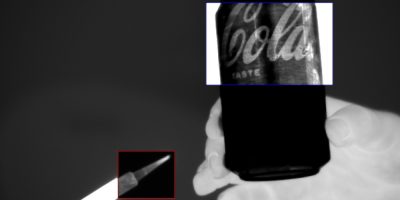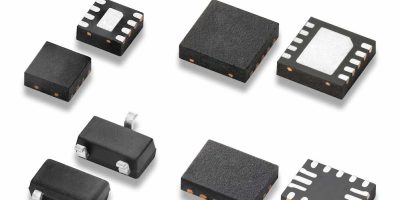The latest version of Nordic Semiconductor’s unified software development kit brings support for all features of 1.0 version of Matter over Thread.
The latest version of the nRF Connect SDK (software development kit) brings developers support for the Connectivity Standard Alliance’s standard, which is emerging as an industry changing standard for smart home device interoperability, said the company.
“Nordic has played a major role in the Matter initiative since the very beginning, so we are pleased to introduce the nRF Connect SDK with full Matter over Thread support,” says Krzysztof Loska, a technical product manager with Nordic. “This support is ready for Matter 1.0 adoption and allows developers to get started immediately on Matter over Thread development using Nordic’s nRF52840 and nRF5340 SoCs,” he added.
nRF Connect SDK is a scalable and unified development tool for building products based on Nordic’s nRF52 and nRF53 Series SoCs, the nRF91 Series SiP (system in package and the recently announced nRF7002 Wi-Fi 6 Companion IC. The nRF Connect SDK 2.1.0 includes full Matter over Thread and also adds experimental support for Matter over Wi-Fi for the nRF5340 SoC in combination with the nRF7002 Companion IC.
The company released nRF Connect SDK 2.1.0 before Matter 1.0 was formally adopted and will soon release an nRF Connect SDK 2.1.X to provide bug fixes and small improvements in Matter over Thread. Nordic advised that customers can continue using nRF Connect SDK 2.1.0 to conform to the Matter 1.0 specification following some minor manual updates. Matter over Wi-Fi will be raised from experimental to full support when the nRF7002 enters volume production.
Matter is a connectivity standard that forms a common language to bring together disparate ecosystems and enables smart devices from different makers to work in harmony.
The standard uses a common application layer and data model that delivers interoperability between devices allowing them to communicate with each other – regardless of the underlying network protocol or ecosystem. It is built on market-proven technologies using Internet Protocol (IP). Matter runs on Wi-Fi, Thread and Ethernet network layers and uses Bluetooth LE for commissioning.
Nordic was awarded a Thread 1.3 certification badge for the nRF Connect SDK earlier this year. Thread 1.3 is a pre-requisite for Matter over Thread and the certification can be inherited by customers for their own products.







